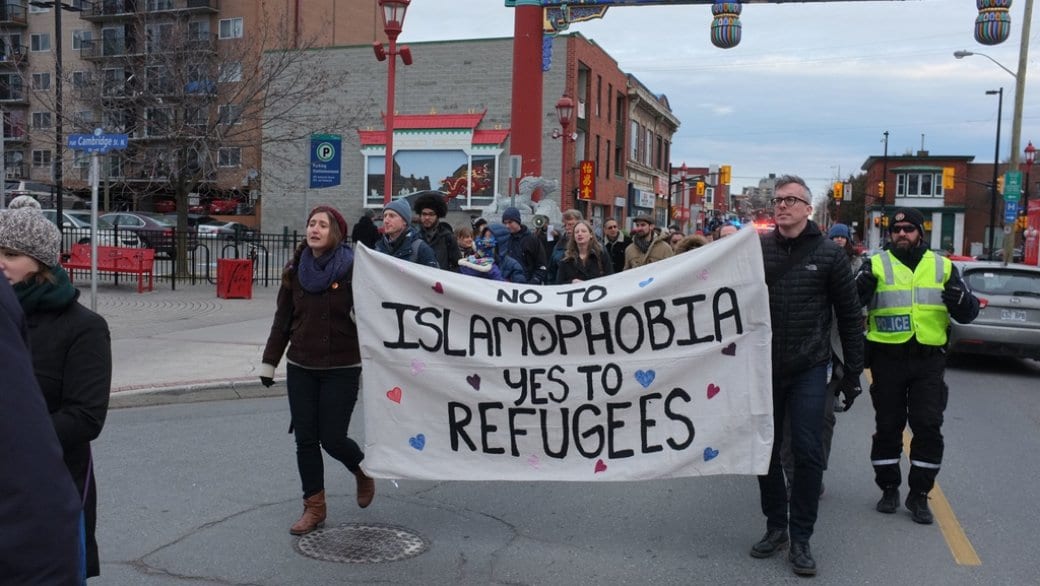Canada’s federal government is facing calls to take in more LGBT refugees, amid the so-called “Muslim ban” south of the border.
At an emergency debate in the House of Commons, NDP member of Parliament Randall Garrison asked the government on Jan 31, 2017, whether it would “take specific actions to facilitate asylum for LGBT citizens of the seven countries” that were banned from entering the United States.
On Jan 27, President Donald Trump signed an executive order that bans citizens of seven countries — Iran, Iraq, Libya, Somalia, Sudan, Syria and Yemen — from entering the US, regardless of whether they hold a visa. It also includes restrictions on refugees.
That means Canada should take in more at-risk people, Garrison said during a debate that lasted more than five hours.
“Perhaps the most at risk are lesbian, gay, bisexual, and transgender citizens of the seven countries banned. In all seven, homosexuality is illegal,” he said. “While only three explicitly have the death penalty, in all seven, death sentences are carried out by militias under Sharia law, and sometimes also by families as so-called honour killings.”
Garrison noted that immigration officials deemed “members of the LGBTI community” one of four priority groups in the Canadian government’s ongoing airlift of 39,000 Syrian refugees. But it’s never been clear how many LGBT people arrived, or whether they had adequate support.
Newly-appointed immigration minister Ahmed Hussen did not say whether his government would boost its intake of LGBT refugees in light of US policy, despite Garrison asking him twice in Parliament.
“We’re engaged with our American counterparts to make sure that the implications of the executive order are closely monitored,” Hussen said during question period on Feb 1. “We’ll continue to be a country that opens its hearts and its doors to those fleeing war and persecution.”
According to data obtained from the Immigration and Refugee Board of Canada (IRB), LGBT people seeking asylum from the seven countries named in Trump’s executive order have a high acceptance rate in Canada — though few make claims.
Here are the numbers of inland asylum claims filed with the IRB from 2010 to 2015 as “sexual orientation and gender identity.” The data excludes resettled refugees who arrive through UN or private sponsorship.


 Why you can trust Xtra
Why you can trust Xtra


